According to the directive, the Prime Minister requested Hanoi to implement solutions for organizations and individuals to convert their vehicles, ensuring that by July 1, 2026, there will be no more motorbikes and scooters using fossil fuels circulating in the Ring Road 1 area.
For the Ring Road 2 area, the ban on motorbikes and scooters will be implemented from January 1, 2028, while restricting personal cars using gasoline.
What routes does Hanoi's Ring Road 2 include?
According to the Hanoi Capital Transport Planning to 2030, with a vision to 2050 approved by the Prime Minister , Hanoi has 7 belt roads, including 5 main belt roads (including: Belt roads 1, 2, 3, 4, 5) and 2 supporting belt roads (belt roads 2.5 and 3.5).
These are all main axes, shaping Hanoi's road traffic network, creating an important premise for the even, comprehensive and sustainable development of the capital as well as localities in the Northern Delta and the whole country.
Hanoi Ring Road 2 is a closed inner-city traffic route of Hanoi, 43.6km long, running through the following points: Vinh Tuy-Minh Khai-Dai La-Vong Intersection-Truong Chinh Street-So Intersection-Lang Street-Cau Giay-Buoi-Nhat Tan-Vinh Ngoc-Dong Hoi-Gia Lam underpass-Hanel Industrial Park-Vinh Tuy. The two bridges over the Red River on Ring Road 2 are Vinh Tuy and Nhat Tan, and one bridge over the Duong River is Dong Tru.
Previously, the project to build an elevated road along Ring Road 2, from Vinh Tuy Bridge to Nga Tu So, was opened to traffic in early 2023. The project is 5.08km long, with an elevated road cross-section of 19m and a flat (lower) section of 53.5-63.5m. The operation of the elevated Ring Road 2 has basically solved the traffic congestion on the route.
Currently, Ring Road 2 only has the section of Nga Tu So - Cau Giay (coinciding with the current Lang road) nearly 4km long that has not been expanded and has not been built with an elevated road.
This is a route surrounding the expanded inner city area, connecting the old districts of Hanoi before the administrative restructuring such as: Hai Ba Trung, Dong Da, Ba Dinh, Cau Giay, Thanh Xuan and Long Bien.
The route has been heavily invested in with expansion projects, notably the elevated route from Vinh Tuy Bridge to Nga Tu So, helping to reduce the load at major intersections.
Belt 2 is the transitional boundary between the inner city and the suburbs, promoting the development of new urban areas and creating momentum for the urbanization process.
What routes does Hanoi Ring Road 1 include?
Information that from July 1, 2026, there will be no motorbikes or scooters in Hanoi, and that personal cars using fossil fuels will be restricted from circulating on Ring Road 1 is attracting public attention.
Beltway 1 is a vital route, the main urban axis connecting central wards and solving the need for travel within the city, passing through the central area of Hanoi including Tran Khat Chan-Dai Co Viet-Xa Dan-Hoang Cau-Vo Phuc streets.
The role of Ring Road 1 is not only as a traffic route, this route is also associated with preserving cultural and historical values when passing through symbolic areas such as Hanoi's Old Quarter.
Beltway 1 will include the following routes: Tran Khat Chan street (Tran Khat Chan-Nguyen Khoi intersection)-Dai Co Viet-Xa Dan-O Cho Dua-De La Thanh-Hoang Cau-De La Thanh-Cau Giay-Buoi street-Lac Long Quan-Au Co-Nghi Tam-Yen Phu-Tran Nhat Duat-Tran Quang Khai-Tran Khanh Du-Nguyen Khoi-Tran Khat Chan.
The Beltway 1 project has not been completed yet because the section from Hoang Cau to Voi Phuc is still under construction. The Hoang Cau-Vo Phuc section is more than 2.2km long, with a cross-section of 50m, starting at the intersection with Cat Linh-La Thanh-Yen Lang road at Hoang Cau (old Dong Da district), ending at Voi Phuc intersection (old Ba Dinh district).
Therefore, when the Hoang Cau-Voi Phuc section is completed, this will be Hanoi's first closed beltway.
By July 1, 2026, there will be no motorbikes or scooters using fossil fuels circulating in Ring Road 1; from January 1, 2028, there will be no motorbikes or scooters, and restrictions on personal cars using fossil fuels circulating in Ring Road 1 and Ring Road 2; from 2030, the implementation will continue to be expanded to Ring Road 3. |
According to VNA
Source: https://baothanhhoa.vn/han-che-oto-ca-nhan-chay-xang-dau-tu-2028-vanh-dai-2-gom-nhung-tuyen-pho-nao-254835.htm



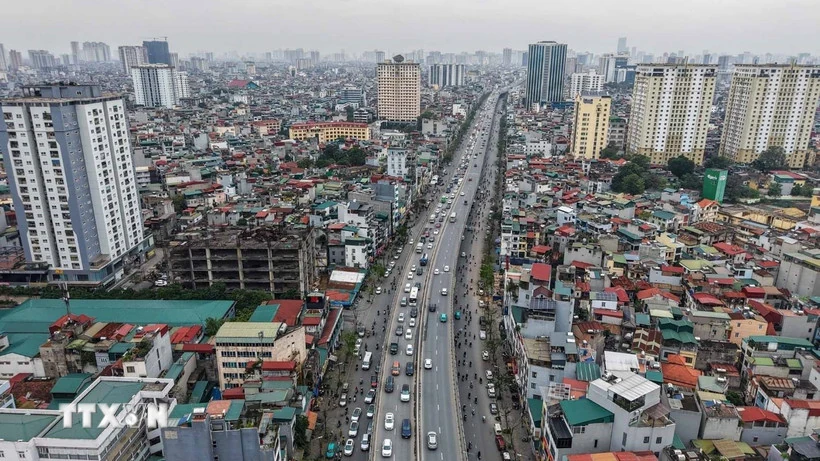
![[Photo] Chairman of the National People's Congress of China Zhao Leji begins official visit to Vietnam](https://vphoto.vietnam.vn/thumb/1200x675/vietnam/resource/IMAGE/2025/8/31/fcfa5a4c54b245499a7992f9c6bf993a)

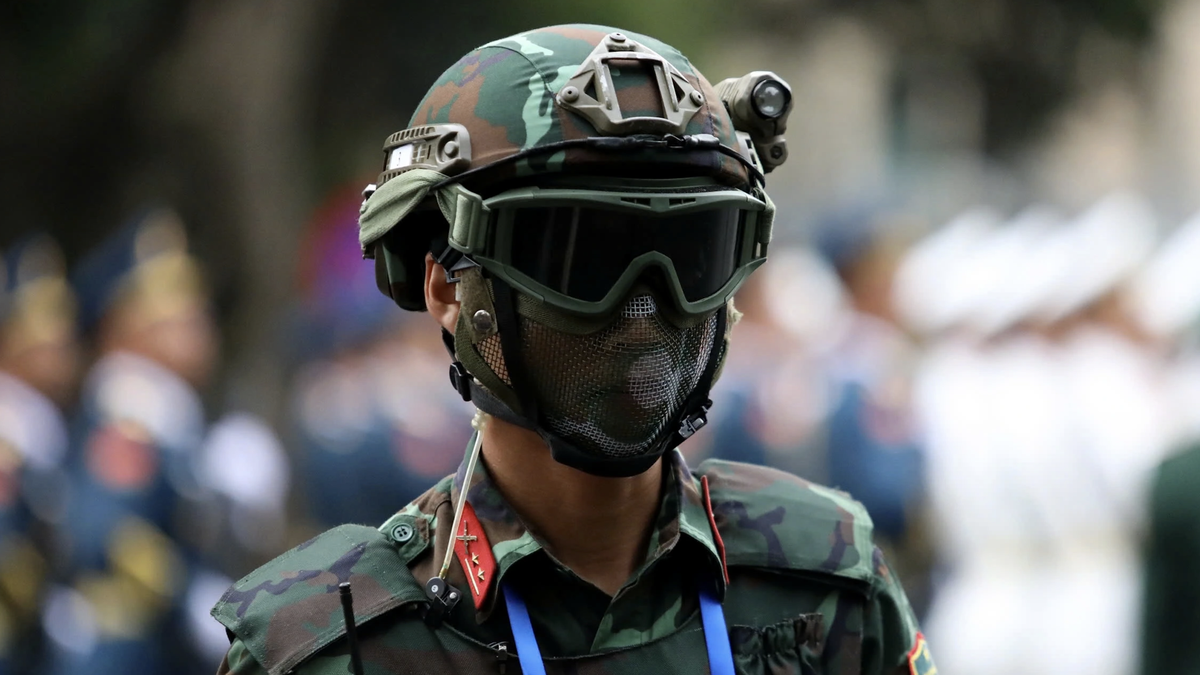
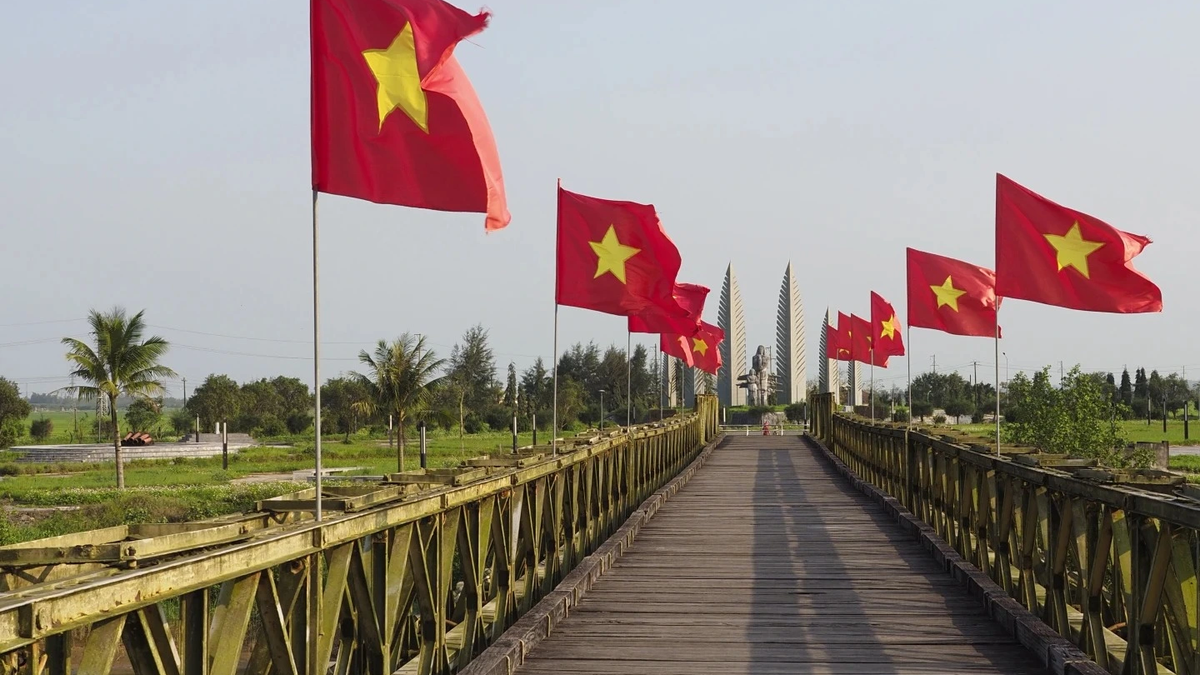
![[Photo] General Secretary To Lam receives Chairman of the National People's Congress of China Zhao Leji](https://vphoto.vietnam.vn/thumb/1200x675/vietnam/resource/IMAGE/2025/8/31/5af9b8d4ba2143348afe1c7ce6b7fa04)
![[Photo] National Assembly Chairman Tran Thanh Man welcomes and holds talks with Chairman of the National People's Congress of China Zhao Leji](https://vphoto.vietnam.vn/thumb/1200x675/vietnam/resource/IMAGE/2025/8/31/9fa5b4d3f67d450682c03d35cabba711)
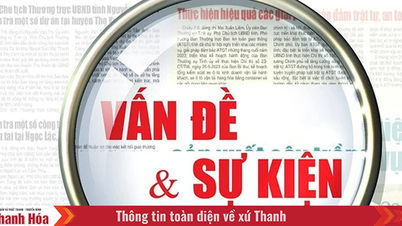


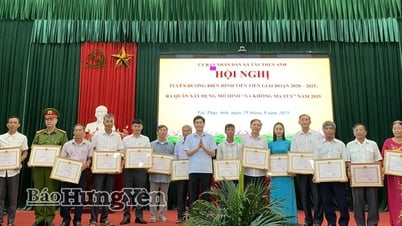

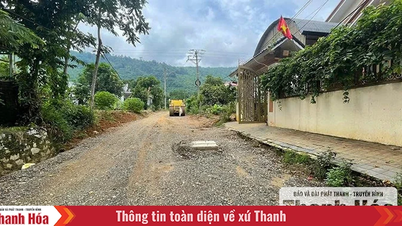
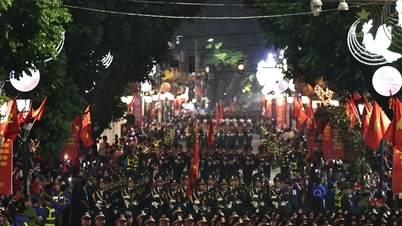

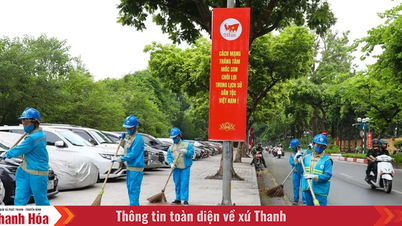


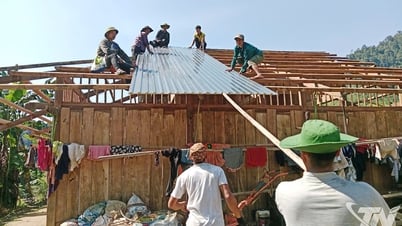

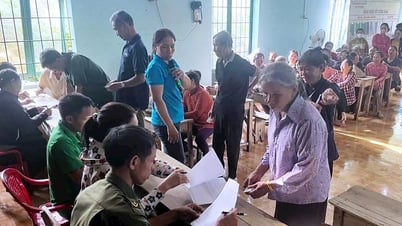

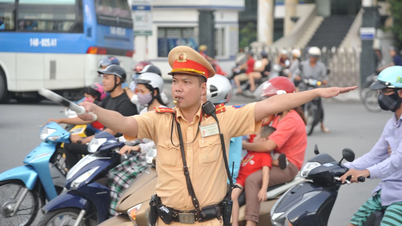

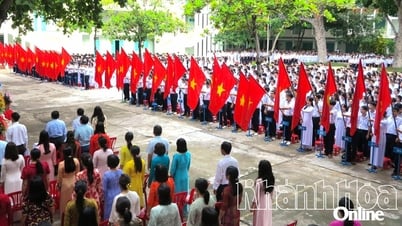




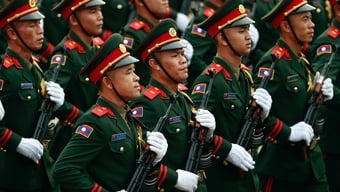

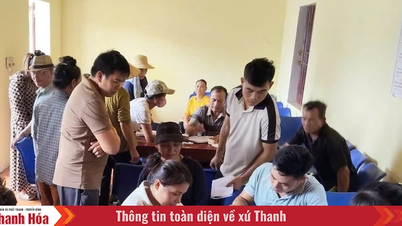


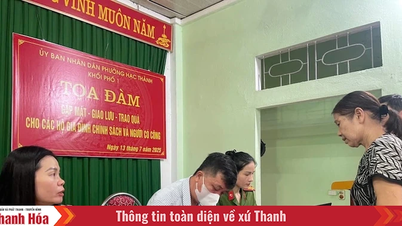

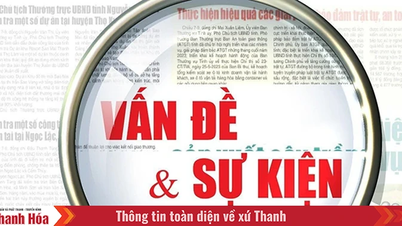
![[Photo] Marching together in the hearts of the people](https://vphoto.vietnam.vn/thumb/1200x675/vietnam/resource/IMAGE/2025/8/31/8b778f9202e54a60919734e6f1d938c3)



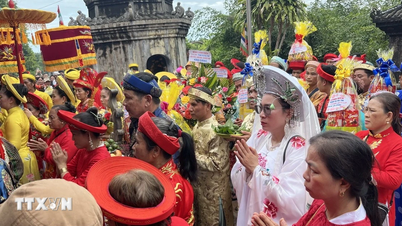

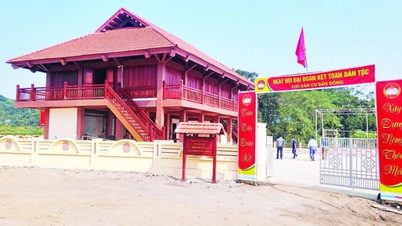

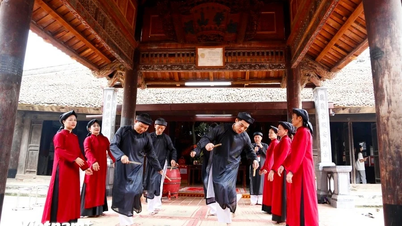
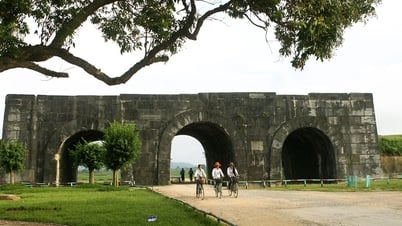







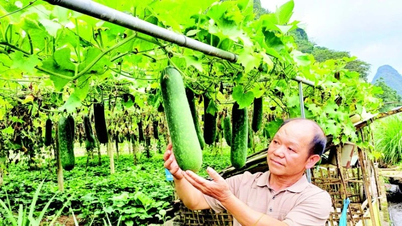
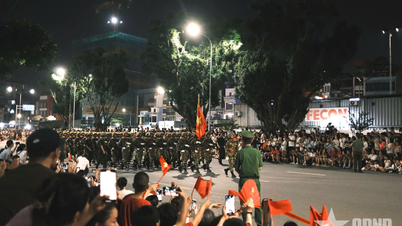

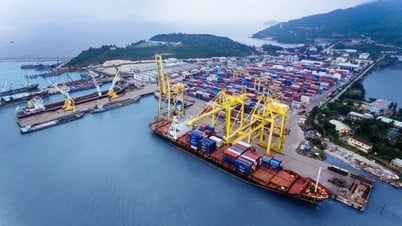

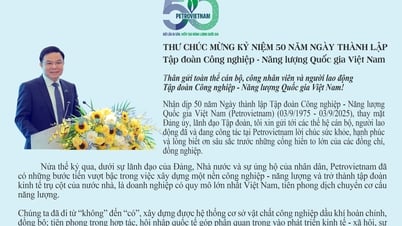

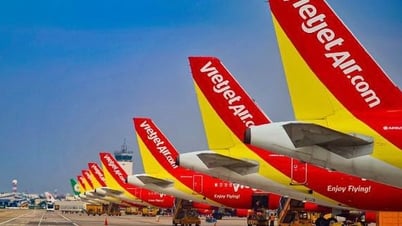






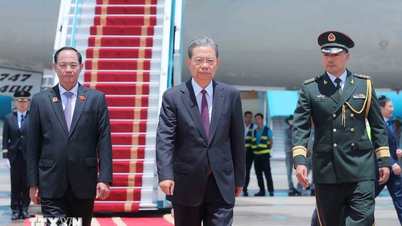

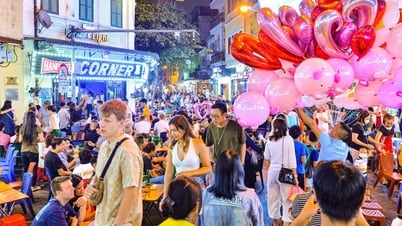
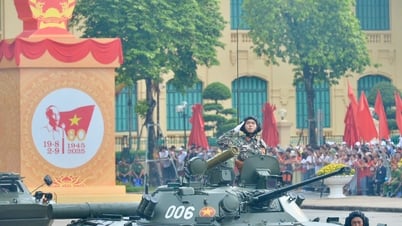

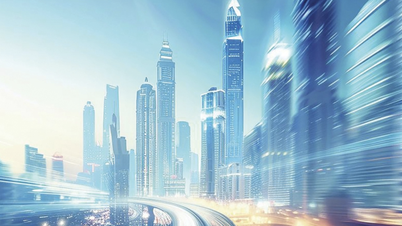


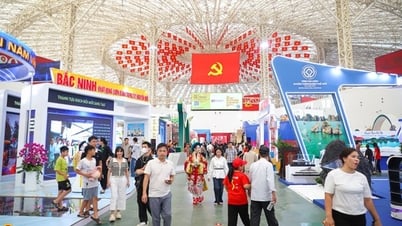


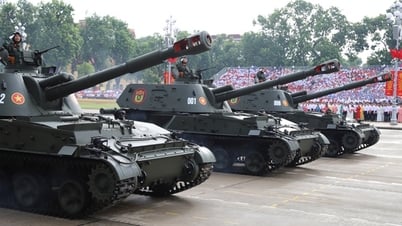


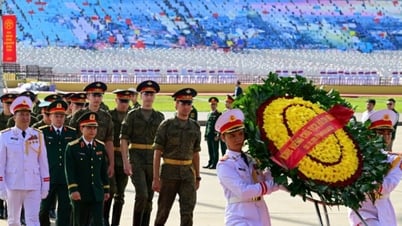

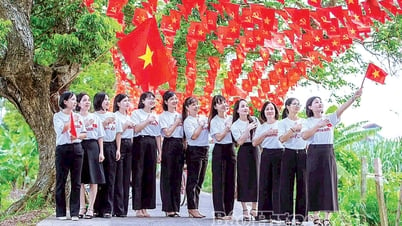
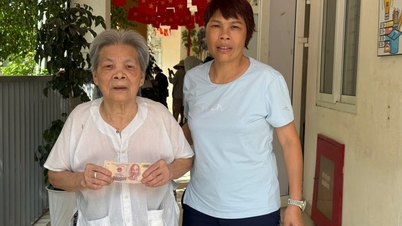
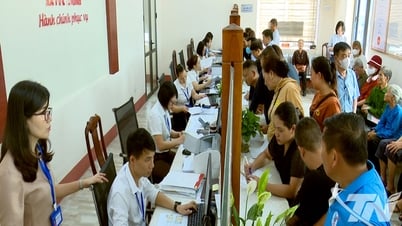
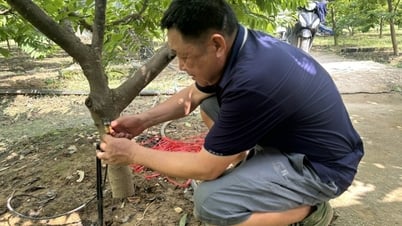



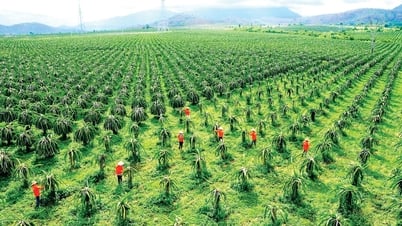

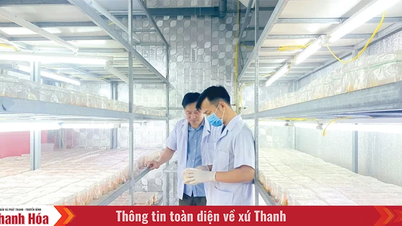




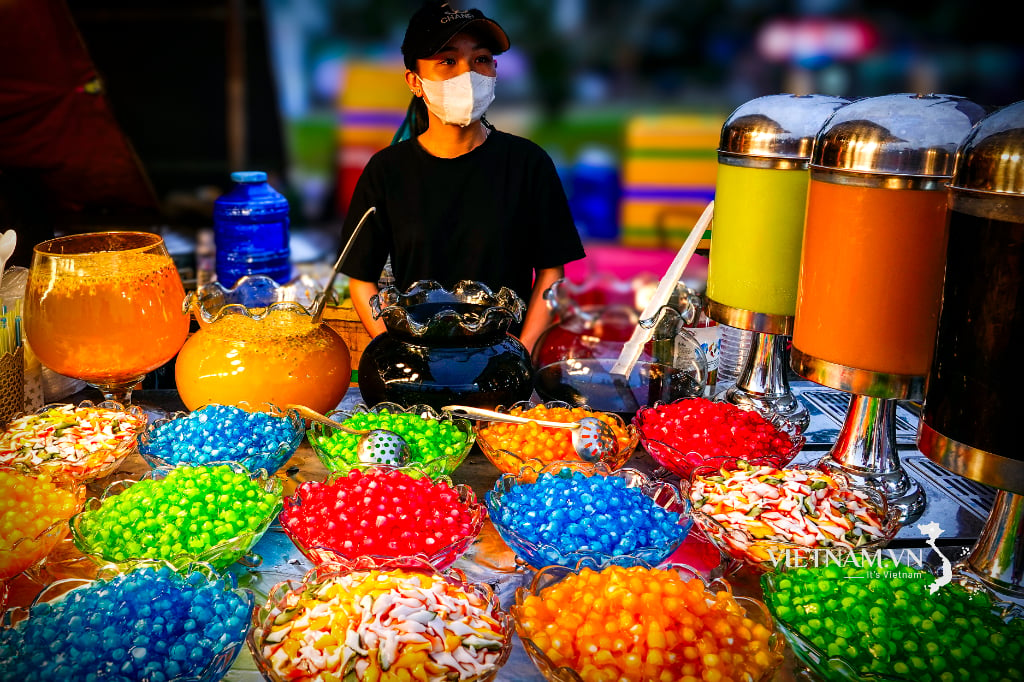
Comment (0)